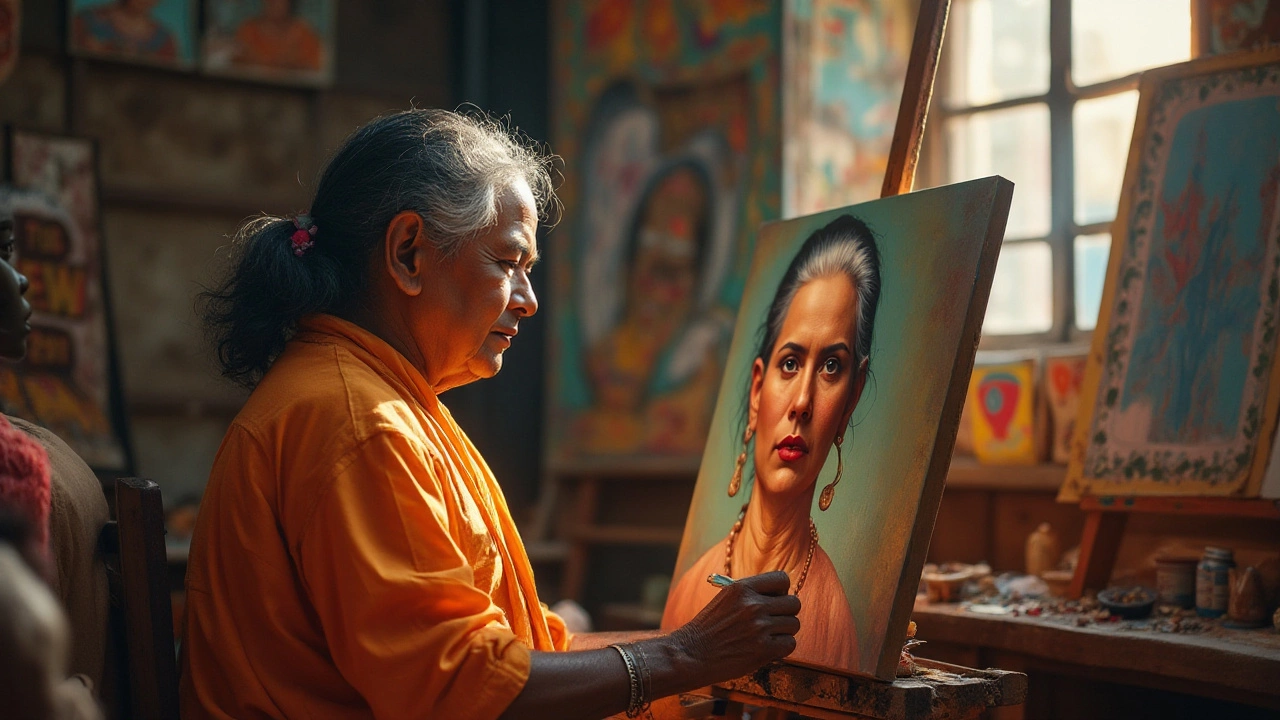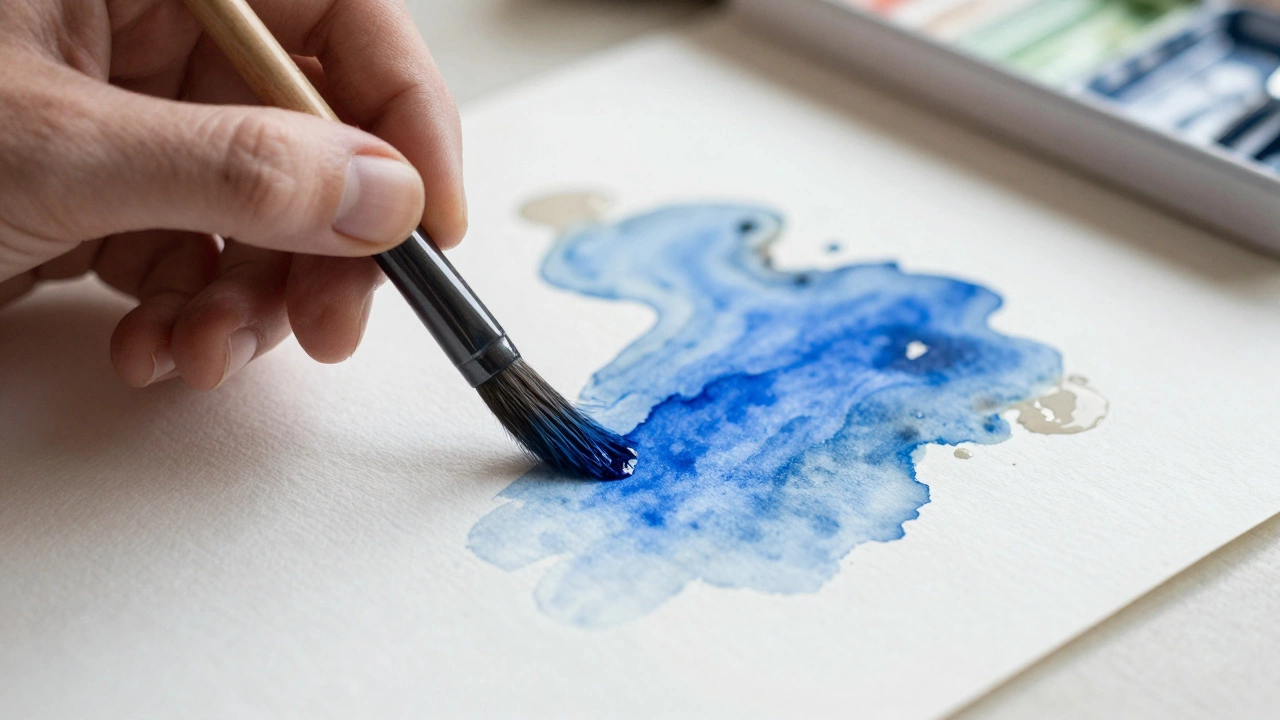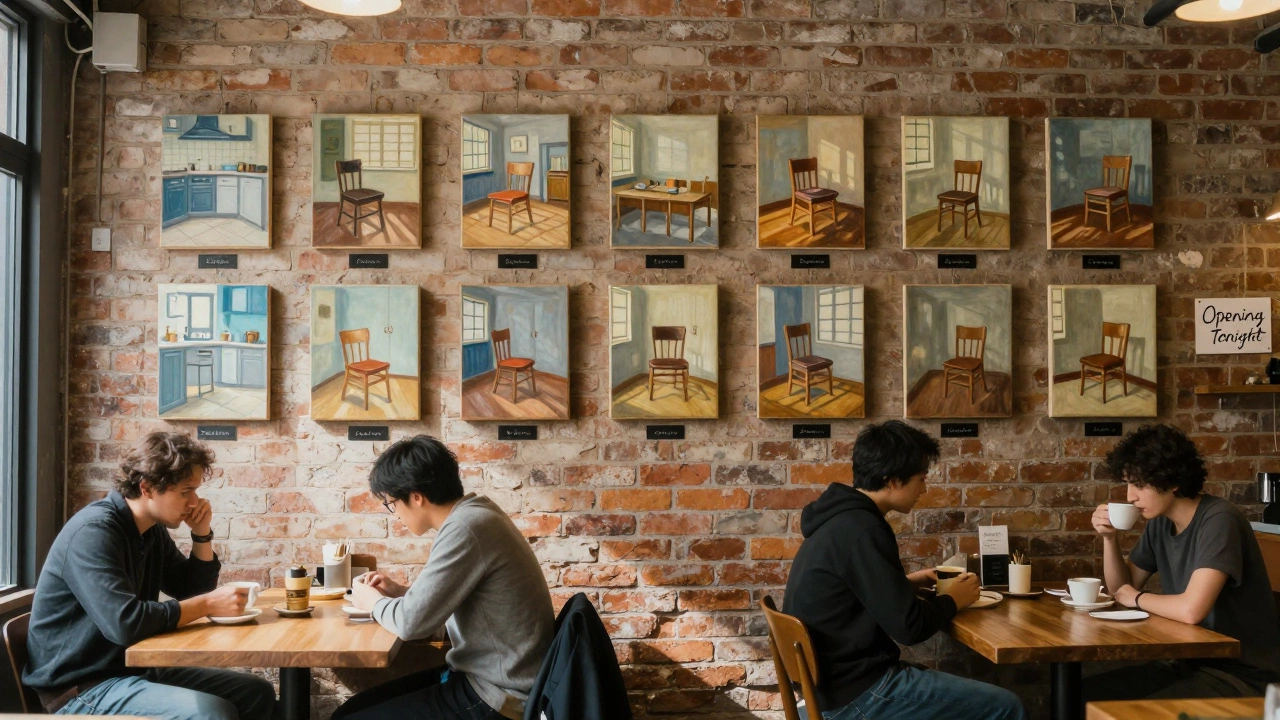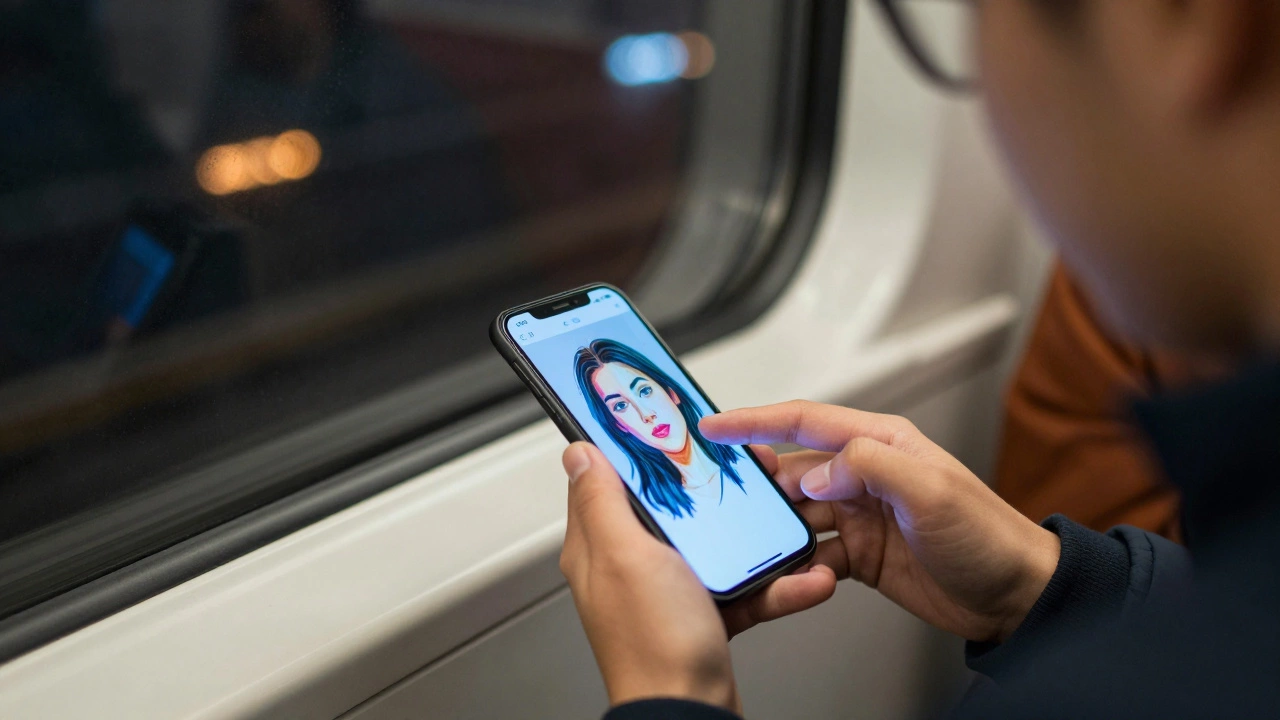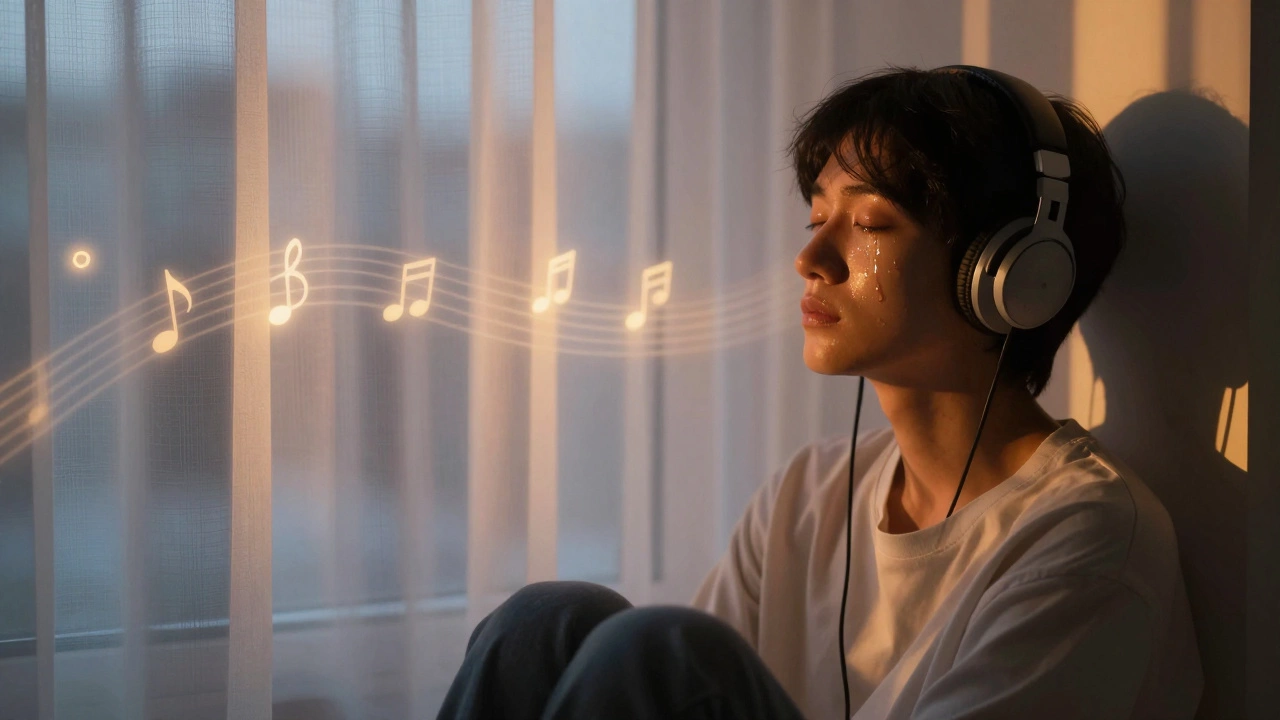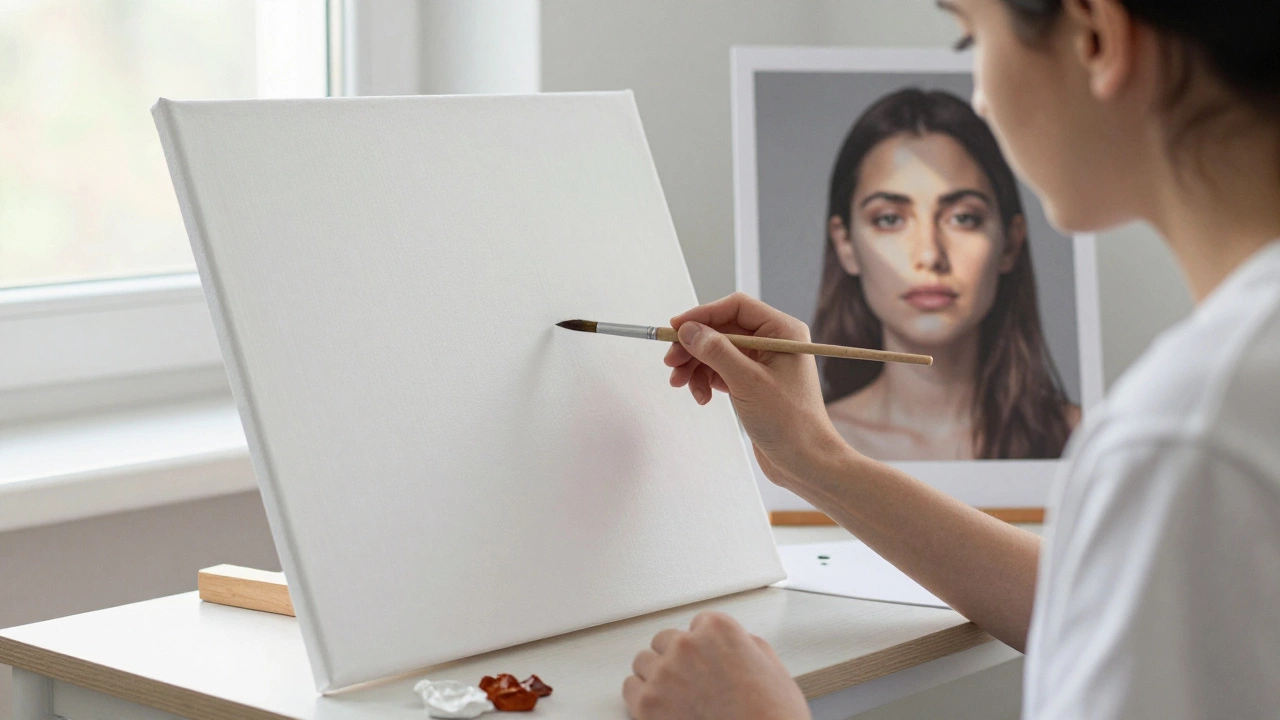Portrait painting is much more than just creating a likeness of a person. It’s a gateway into understanding the soul, captured through the strokes of a brush and colors on a palette. This art form celebrates the individuality of subjects, telling a story and evoking emotions through meticulously crafted representations.
The journey of portrait painting has evolved significantly over time, adapting new styles and techniques with each passing era. From the grandeur of Renaissance portraiture to contemporary interpretations, artists have long been fascinated by the challenge of depicting human features and emotions authentically.
This art form is an intricate blend of observation, skill, and personal interpretation. As we explore further, you'll discover the historical roots, unique methods employed by artists, and modern innovations that continue to redefine what it means to paint a portrait today.
- Understanding Portrait Painting
- Historical Significance of Portraiture
- Techniques and Styles in Portrait Painting
- Innovative Approaches and Modern Trends
- Tips for Aspiring Portrait Artists
Understanding Portrait Painting
Portrait painting is a captivating dance between reality and imagination, where artists strive to capture an individual's likeness while imbuing the portrayal with deeper insight into who they truly are. At its core, portrait painting aims to portray the physical appearance and essence of the subject, whether it be a dignitary, a loved one, or even oneself. This process is not simply replicating features but involves a profound exploration and expression of character and soul, transforming the tangible into the timeless.
The practice has roots tracing back to ancient civilizations where it served as a marker of prestige and power, with leaders and deities being immortalized in frescoes and sculptures. As time progressed, the purpose and style of portrait painting evolved, embracing broader social contexts and artistic movements. By the Renaissance era, it had become a means of celebrating individualism, with artists like Leonardo da Vinci and Rembrandt revered for their skill in bringing faces to life through a canvas.
Art historian John Berger famously noted, "Every portrait that is painted with feeling is a portrait of the artist, not of the sitter." This insight highlights the dual narrative within each portrait: that of the sitter, as perceived through the lens of the artist's perspective and sentiment.
The techniques employed in portrait painting can be as diverse as the artists themselves. Creating depth with chiaroscuro or emphasizing texture to mimic the complexities of skin are just a few methods used to achieve realism. Contemporary artists may employ abstraction or surrealism, offering fresh interpretations while maintaining the emotional connection at the heart of portraiture. Whether the aim is hyper-realism or stylized abstraction, the constant remains the portrait artist's desire to convey a faithful yet poignant reflection of their subject.
Recent trends have seen an increase in digital portrait painting, where new technologies merge with traditional techniques to expand the boundaries of what can be created. Using tablets and software, artists enjoy unprecedented flexibility and precision, opening pathways for creative experimentation. Nevertheless, whether it's through oils, acrylics, or pixels, the intent remains clear: to create a portrait is to engage in an intimate dialogue between the artist and the sitter, with each stroke on the canvas narrating a story uniquely their own.
For those aspiring to delve into this art form, starting with sketching can help in understanding the proportions and anatomy of the human face. Studying the works of masters, both past, and present, provides invaluable insights into diverse techniques and styles. Embracing critique and constructive feedback further refines one's craft, fostering growth and development. Ultimately, it’s about translating the unseen qualities of a person into a visible form, crafting a piece of art that not only represents but resonates.
Historical Significance of Portraiture
Portrait painting holds an essential place in the annals of art history, marked by periods where it flourished as the dominant means of documenting human likenesses, capturing more than mere appearances. This art form has deep roots, reaching back to ancient cultures that valued the preservation of human identity through images. Egyptian pharaohs, for example, were depicted in elaborate ceremonies intended to immortalize their status and divinity. Artists of these eras engaged in a sacred practice, a devotion to art that ensured the powerful and influential would remain etched in time through their crafted portrayals.
As civilizations grew, so did the art of portraiture, particularly during the European Renaissance, which marked a turning point in the sophistication and technique of portrait painting. Artists such as Leonardo da Vinci and Raphael employed an unprecedented level of realism and attention to detail, bringing their subjects to life in a way never seen before. Da Vinci's "Mona Lisa" perhaps stands as the epitome of this era, celebrated for its enigmatic charm and technical mastery. At this time, portrait painting became not only a tool for documenting power but also a means of exploring human emotion and personality, encapsulating deeper philosophical and aesthetic ideals.
Into the Baroque period, artists like Rembrandt took portraiture into the realm of psychological exploration, using light and shadow to invoke moods and convey the complexities of the human spirit. His paintings were as much about what's within the sitter as what's visible on the surface. This evolution continued into the modern era, where Impressionists and later artists redefined the genre by focusing on fleeting aspects of light and color, as seen in works by artists like Monet and Van Gogh.
According to art historian Kenneth Clark, "The true sign painters of the history were not merely holding a mirror to nature but were selecting and amplifying those characteristics of individuals that were most significant."This sentiment underscores the transformation of portrait painting from a literal representation to an art form rich with expressive possibilities.
As we moved into the 20th century, portrait painting began to merge with abstract and modernist styles. Artists like Pablo Picasso and Henri Matisse reimagined faces and figures through the lens of fragmented perspectives and vibrant palettes. This period marked a radical shift where portraits served more as interpretations than accurate reproductions. Yet, through these transformations, portrait painting has remained a potent form of personal and cultural expression, holding fast to its ability to chronicle humanity's shifts in perception, identity, and self-awareness.
The evolution of portraiture is not merely a timeline of technique and style but a reflection of cultural changes and societal values. Portraits have borne witness to transitions in power, politics, and individual self-conception. Today, this historical journey crafts the narrative that fuels contemporary portrait painting, influencing artists as they continue to explore and innovate within this timeless and ever-evolving art form.
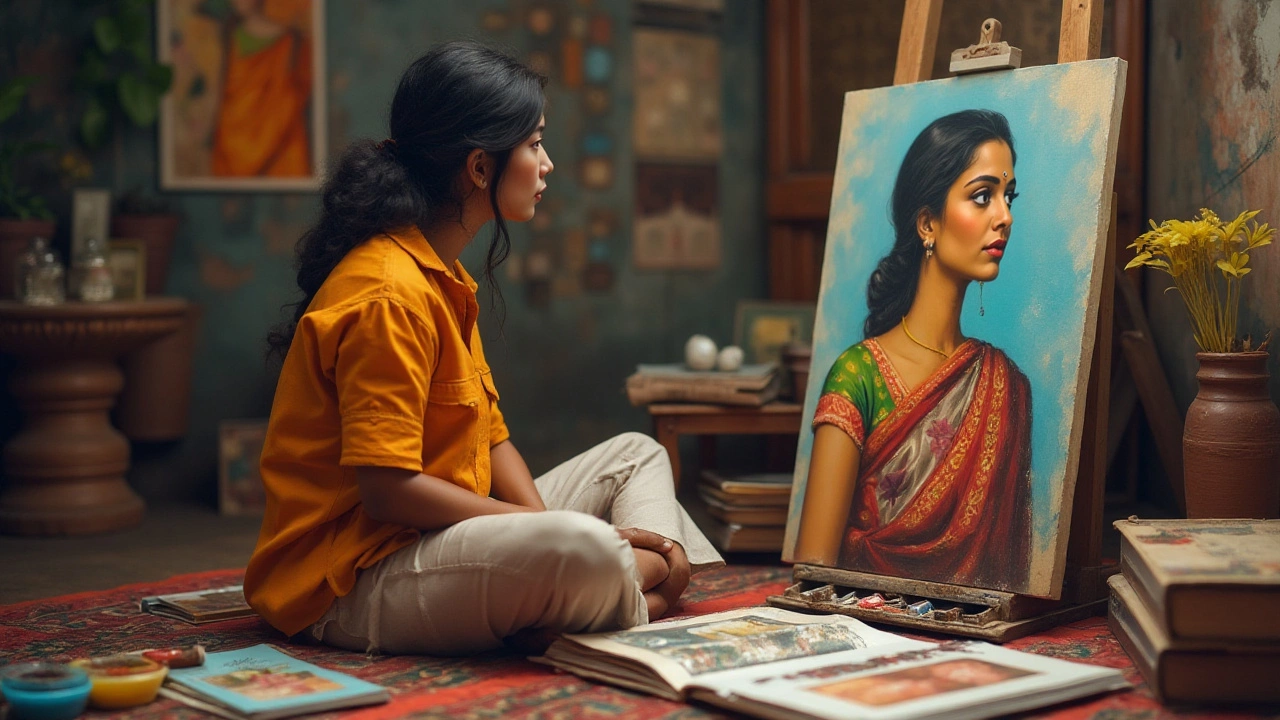
Techniques and Styles in Portrait Painting
Embarking on the journey of portrait painting, one dives deep into a tapestry woven from diverse techniques and styles that have evolved over centuries. Each artist brings their own flair to the canvas, often standing on the shoulders of giants while infusing their personal vision. Traditional techniques like the layered glazing method, favored by the Old Masters, require applying transparent layers of oil paint to build depth and luminosity gradually. This meticulous process allows for subtle transitions in skin tones and shadows, creating that enchanting glow associated with classical portraiture.
On another spectrum, the impasto technique is all about the tactile and the expressive. By applying thick layers of paint with a brush or palette knife, artists like Vincent van Gogh captured not just a likeness but the emotional energy of their subjects. The varied textures invite viewers to explore the painting’s surface and feel its vitality. Realism, another pivotal style, aims at lifelike accuracy. It involves precise replication of the subject's features, often drawing on the careful study of anatomy and meticulous attention to light and shadow.
Modern portraits might skew toward the abstract, eschewing lifelike representation in favor of conveying introspective narratives and emotions. The use of bold colors and exaggerated forms invites observers to interpret the story within the boundaries of their imaginations. Picasso, with his cubist dissections, redefined how we perceive form and depth on a flat plane. His work challenges traditional notions, reminding us that art is a dialogue between perception and interpretation.
Around mid-20th century, the photorealism movement emerged as a response to abstraction, aiming to recreate photos as accurately as possible with impressive attention to detail and clarity. Artists use grids and projections to transfer the image onto a canvas. This approach, sometimes criticized for its reliance on photography, showcases human ingenuity in pushing the boundaries of realism.
"Art is not what you see, but what you make others see," noted Edgar Degas, highlighting the transformative nature of artistic techniques.
Adding to the richness of portrait styles, digital tools have expanded the horizons of contemporary artists. Software like Adobe Photoshop and Corel Painter allows for digital brushwork that mimics traditional techniques and introduces new, innovative ways to edit and manipulate images. Aspiring portrait painters today have access to a variety of tools that enable endless experimentation and refinement.
The choice of technique and style in portrait painting often reflects the artist's intent and emotional connection to the subject. Whether they favor the layered subtleties of glazing or the bold strokes of impasto, each method has something unique to offer. For beginners, experimenting with different techniques not only enhances skills but also helps discover one's signature style. Understanding and mastering these varied approaches can open up a world of expression waiting to be discovered and shared through the timeless art of portraiture.
Innovative Approaches and Modern Trends
In the contemporary landscape, portrait painting has not only survived but thrived, continually reinventing itself to reflect the changing world. Artists today are using a variety of tools and materials to breathe new life into this age-old art form. From digital mediums to mixed media, the fusion of traditional and modern techniques has become a hallmark of new-wave portraiture. One striking trend is the incorporation of technology, with artists like Chuck Close experimenting with pixelated portraits, challenging traditional notions of clarity and focus.
An emerging concept within this realm is hyperrealism, where the aim is not just to imitate reality, but to transcend it. Artists like Gottfried Helnwein create works that resemble high-resolution photographs, yet imbue them with an emotional complexity that photographs often fail to capture. This meticulous approach forces viewers to engage with the artworks at a visceral level, analyzing each detail closely and reflecting on the emotions conveyed. Another notable trend is the rise of collaborative art projects, where multiple artists work together to create a single piece, embedding different perspectives and styles into the portrait.
The digital age has also opened up avenues for interactive and immersive artworks, allowing audiences to engage with the art in new ways. Some contemporary artists employ augmented reality (AR) and virtual reality (VR) to create portraits that change with viewer interaction, offering a multidimensional experience that defies the static nature of traditional portraiture. Additionally, open source platforms and social media have democratized the art world, enabling emerging artists to showcase their work to global audiences without the traditional gatekeeping in galleries and exhibitions. This accessibility has encouraged a more diverse range of voices within the portrait painting community.
As art historian John Berger noted, "Every portrait that is painted with feeling is a portrait of the artist, not of the sitter." This sentiment is more relevant than ever as modern portraits become increasingly introspective, exploring identity, memory, and societal themes. Artists often use portraits to comment on cultural and personal narratives, turning their canvases into platforms for social commentary. This intersection of art and activism is propelling portraiture into new territories, with many artists drawing attention to important issues like identity politics, climate change, and human rights.
The fusion of past influences with future-forward ideas makes the contemporary portrait painting scene vibrant and constantly evolving. Events like Art Basel and the Venice Biennale are showcasing these transformations, highlighting the dynamic nature of modern art. These platforms not only celebrate established artists but also promote experimental works that push the boundaries of tradition. As we continue to explore innovative approaches, it's clear that the potential within this art form is limitless, offering audiences endless possibilities to experience art in a deeply personal way.
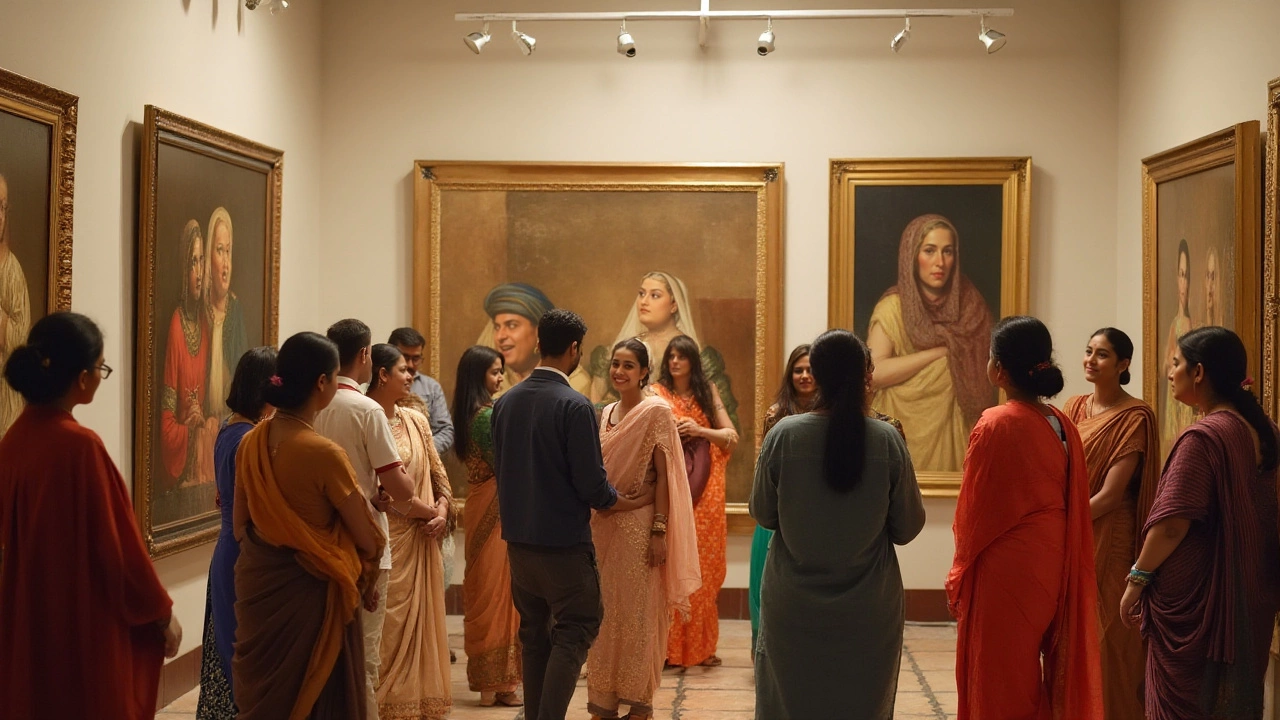
Tips for Aspiring Portrait Artists
Embarking on the journey of becoming a portrait artist can be an exhilarating yet daunting pursuit. The key lies in mastering the balance between technique and creativity, each playing an indispensable role. To begin with, aspiring artists must focus on honing their observational skills. The human face is a complex structure, and understanding its nuances away from conventional symmetries can profoundly impact how realistically one paints. Observe people in different lights, angles, and expressions; this practice is vital in internalizing the diversity of human expression and anatomy.
Moreover, a deep appreciation and study of historical portrait paintings can offer invaluable insights. The works of masters such as Leonardo da Vinci and Rembrandt are treasure troves of technique. They intricately explored tones, textures, and lighting, which are essential elements in elevating a portrait from a mere likeness to an evocative piece of art. Pablo Picasso once said,
"Every child is an artist. The problem is how to remain an artist once we grow up."Thus, allowing oneself the freedom to experiment while learning from the past can unlock a world of creative possibilities.
Technical proficiency is another cornerstone of portrait painting. A solid grasp of mediums—be it oils, acrylics, or charcoals—determines how effectively an artist can translate their vision onto the canvas. Practice blending colors to achieve life-like skin tones; understanding color theory can be instrumental. Experimentation can lead to discoveries, making practice a critical component of the learning process. Balancing between controlled, deliberate strokes and more spontaneous, expressive ones can add depth and character to a painting.
Consider attending live classes or workshops focused on art techniques. Collaboration with other artists and learning in a community can spur growth and introduce different perspectives. Engaging with art communities, either physically or through online platforms, opens doors to feedback and shared learning, much like an artillery that fuels creativity. Aspiring painters can further benefit from sketching daily. This exercise sharpens their skills and nudges them towards developing their unique artistic style.
Creating a conducive environment is just as crucial to nurturing creativity. Set up a dedicated space for painting, where distractions are minimized, and inspiration is allowed to flow freely. The mindset is pivotal too: embrace mistakes as opportunities for learning. Growth as an artist often comes from experimenting with techniques and revisiting pieces after a period to reassess and improve them.
Setting personal goals can be remarkably effective. These might include maintaining a sketchbook or committing to complete a number of portraits over a specific time frame. Measurable objectives afford a sense of accomplishment and encourage consistency. Remember, the path to becoming an accomplished portrait artist is as much about the process as it is about the end result. Dive into each project with curiosity and the intent to explore.
| Common Mediums | Characteristics |
|---|---|
| Oil Paints | Rich colors, slow drying time allows for detailed blending |
| Acrylics | Quick drying, versatile, and easy to clean |
| Charcoal | Great for sketching and capturing details in monochrome |
To conclude, forging your path as a portrait artist is about perseverance and passion. As the creative journey unfolds, finding your style becomes a rewarding pursuit in itself. Stay inspired, persist through the challenges, and most importantly, keep painting.
